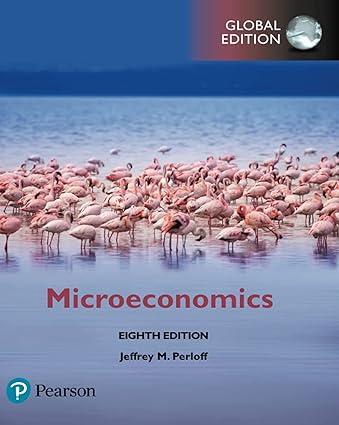Using information from the Application Flight Insurance, calculate the price of fair insurance if the probability were
Question:
Using information from the Application "Flight Insurance," calculate the price of fair insurance if the probability were as high as 0.00000077 , the frequency in 2001 when many people died in the 9/11 disasters.
Data From Application Flight Insurance:-
Many folks fear flying: “If flying is so safe, why do they call the airport the terminal?”
Catering to these fears, many companies such as Travel Guard (TG) offer accidental death insurance of individual flights. If, just before I take my next regularly scheduled commercial flight, I pay TG \($25\) and I die on that flight, TG will pay my family \($500,000.\) (Although I can get much larger amounts of air travel insurance, it seems a bad idea to make myself worth more to my family dead than alive.) What are the chances of a given flight crashing? Given that probability, is TG’s insurance fair? If θ is my probability of dying on a flight, my family’s expected value from this bet with TG is [θ * 500,000] + [(1 - θ) * (-25)]. For this insurance to be fair, this expected value must be zero, which is true if θ ≈ 0.000115. That is, one in every 8,696 passengers dies. How great is the danger of being in a fatal commercial airline crash? According to the National Transportation Safety Board, no fatalities occurred on scheduled U.S. commercial domestic airline flights in 2002, 2007, 2008, and from 2010 through at least June 2016. In 2001, the probability was much higher than any other year because of the 525 on-board deaths caused by the terrorist hijacking and crashes on September 11 and the subsequent sharp reduction in the number of flights. However, even in 2001, the probability was 0.00000077, or 1 in 1.3 million fliers—much lower than the probability that makes TG’s insurance a fair bet. From January 2005 through April 2016, the probability was 0.0000000103 or one fatality per 97 million passengers. Given that probability, if I fly each day for 100 years, the probability of avoiding a fatal crash is 99.96%. The probability drops to 99.62% after flying every day for 1,000 years and to 96.31% after 10,000 years of flying every day. (For most people, the greatest risk of an airplane trip is the drive to and from the airport. More than twice as many people are killed in vehicle–deer collisions than in plane crashes.) Given that my chance of dying in a fatal crash is θ = 0.0000000103, the fair rate to pay for \($500,000\) of flight insurance is about 0.52¢. Thus, TG is offering to charge me 4,854 times more than the fair rate for this insurance. I would have to be incredibly risk averse to take TG up on their kind offer. Even if I were that risk averse, I would be much better off buying general life insurance, which is much less expensive than flight insurance and covers accidental death from all types of accidents and diseases.
Step by Step Answer:






